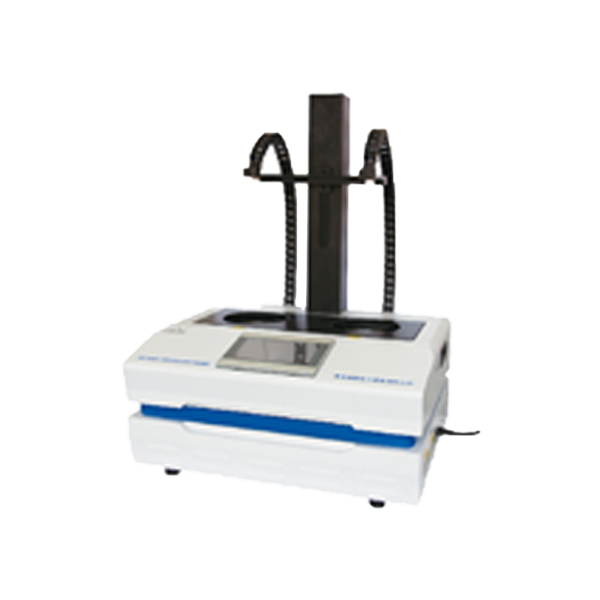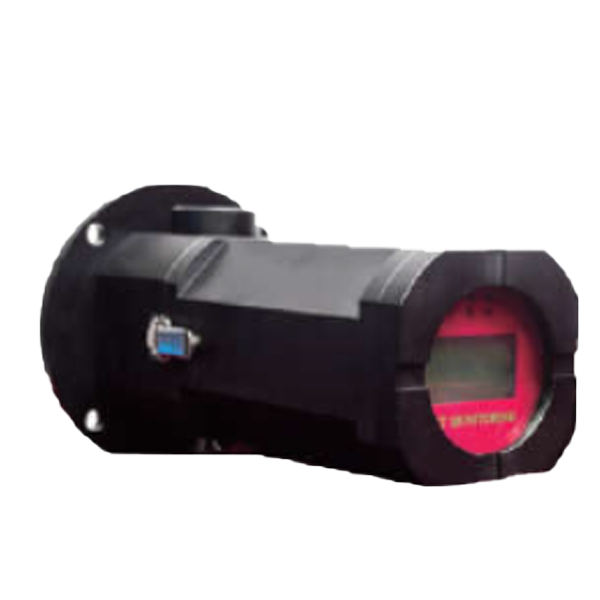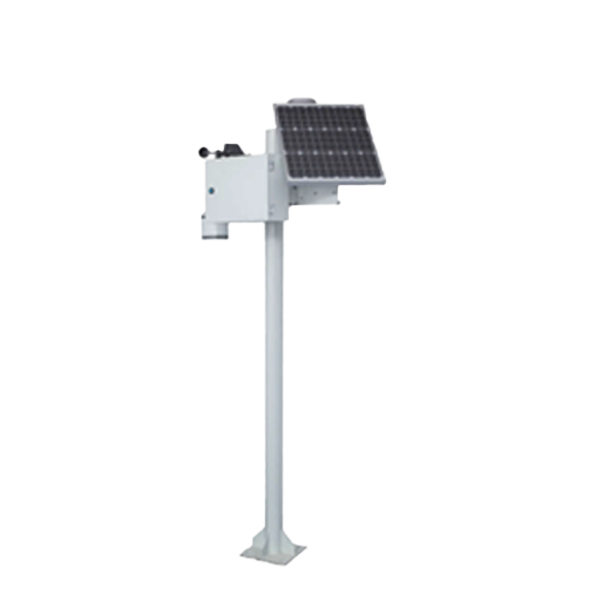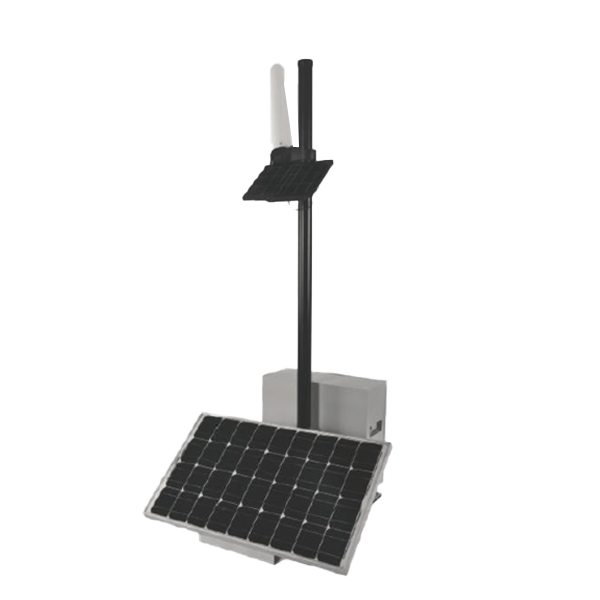hotline:020-29026320 |13903018415
-
-

Radiation detection instrumentation
-
HYGP-2223 exposure type X, γ radiation measuring instrument
-
HYGP-2223BX, gamma dose rate meter (with tripod)
-
FI-329M intelligent household nuclear radiation detector
-
HY-2000M digital multi-channel gamma spectrometer
显示更多 -
-

Laboratory Equipment
-
Radioactive distillation apparatus in water
-
2200Q portable turbidity meter
-
SPE Solid Phase Extraction Device
-
Portable spectrophotometer
显示更多 -
-

Portable environmental monitoring equipment
-
VOCs gas analyzer
-
Portable handheld VOC detector
-
Portable all-in-one multi-parameter analyzer
-
Dust detector
显示更多 -
-

Environmental online monitoring system
-
CM-WG8200 grid air quality detection system
-
On-line monitoring system for CM-VOCs-5000 volatile organic compounds
显示更多 -
-

UAV Online Environmental Monitoring
-
OS-2 UAV Electromagnetic Environment Monitoring System
-
Nuclear emergency radioactive source search UAV
-
UAV Monitoring System
显示更多 -
-

On-line Monitoring System of Electromagnetic Radiation
-
On-line Monitoring System of Electromagnetic Radiation
-
Automatic Monitoring System of HYEH460 Electromagnetic Radiation
-
HY-900A launch type radiation environment automatic monitoring station
-
OS-8 S Frequency Selective Electromagnetic Environment Online Monitoring System
显示更多 -
-
Unveiling the Mysteries of Radiation Detection Instrumentation
2025-06-20

Understanding Radiation Detection Instrumentation
Ever wondered how we keep track of radiation in our environment? Well, let me tell ya, it’s all thanks to something called radiation detection instrumentation. These nifty tools help us measure and monitor radiation levels, ensuring safety in various fields, from healthcare to nuclear power. Buckle up, because we’re diving deep into this fascinating subject!
What Exactly is Radiation?
First things first, what is radiation? In simple terms, radiation is energy that travels through space. It can come in many forms, such as alpha particles, beta particles, gamma rays, and X-rays. While some types of radiation are harmless, others can be harmful to our health. This is where radiation detection instrumentation steps in!
Why Do We Need Detection Instruments?
So, why should we care about radiation detection? Let’s face it, radiation is everywhere. From the sun’s rays to the nuclear plants that power our homes, it’s part of our daily lives. However, not all radiation is safe. Monitoring these levels is crucial for public safety and environmental protection. Think of it this way: it’s like having a smoke detector in your home. Better safe than sorry, right?
Types of Radiation Detection Instrumentation
When it comes to radiation detection instrumentation, we’ve got a variety of devices at our disposal. Here are a few notable ones:
- Geiger-Muller Counter: This handy gadget clicks and beeps when it detects radiation, making it a favorite for many amateur scientists and safety inspectors.
- Scintillation Detector: These detectors use special crystals that emit flashes of light when radiation hits them. They’re super sensitive and often used in medical applications.
- Dosimeters: Often worn by workers in radioactive environments, dosimeters measure the amount of radiation exposure over time. Think of it as a wearable safety shield!
How Do These Instruments Work?
Now, you might be asking, how do these devices actually work? Great question! Most radiation detectors operate on the principle of ionization. When radiation passes through a detector, it ionizes the atoms inside. This means it knocks electrons off the atoms, creating charged particles. The detector then measures this ionization, giving us an indication of radiation levels.
Applications of Radiation Detection Instrumentation
It’s not just scientists who benefit from radiation detection instrumentation; it’s used across various sectors:
- Healthcare: In hospitals, radiation detection is crucial for ensuring that patients and staff are safe during X-rays and other treatments.
- Environmental Monitoring: Agencies use these tools to track background radiation levels and ensure that they remain within safe limits.
- Nuclear Power: In power plants, these instruments help monitor radiation levels to protect workers and the surrounding community.
The Future of Radiation Detection
As technology advances, so too does radiation detection. Innovations like smart detectors that connect to apps for real-time monitoring are emerging. Imagine having the power to monitor radiation levels right from your smartphone! How cool is that?
Final Thoughts
In a nutshell, radiation detection instrumentation plays a pivotal role in safeguarding our health and environment. Whether it’s in medicine, industry, or research, these instruments are essential for a safe and informed society. If you ever get the chance, try your hand at using one of these devices. Who knows? You might discover a hidden talent for radiation detection!

COOKIES
Our website uses cookies and similar technologies to personalize the advertising shown to you and to help you get the best experience on our website. For more information, see our Privacy & Cookie Policy
COOKIES
Our website uses cookies and similar technologies to personalize the advertising shown to you and to help you get the best experience on our website. For more information, see our Privacy & Cookie Policy
These cookies are necessary for basic functions such as payment. Standard cookies cannot be turned off and do not store any of your information.
These cookies collect information, such as how many people are using our site or which pages are popular, to help us improve the customer experience. Turning these cookies off will mean we can't collect information to improve your experience.
These cookies enable the website to provide enhanced functionality and personalization. They may be set by us or by third-party providers whose services we have added to our pages. If you do not allow these cookies, some or all of these services may not function properly.
These cookies help us understand what you are interested in so that we can show you relevant advertising on other websites. Turning these cookies off will mean we are unable to show you any personalized advertising.
online message
Telephone:13903018415(Manager Wang)
Business: 020-29026320
E-mail:wangxueli@haiyoukj.com
Address: Room 703, Tian 'an Innovation Building, Panyu Energy Saving Science Park, 555 Panyu Avenue North, Donghuan Street, Panyu District, Guangzhou

Sweep code attention

